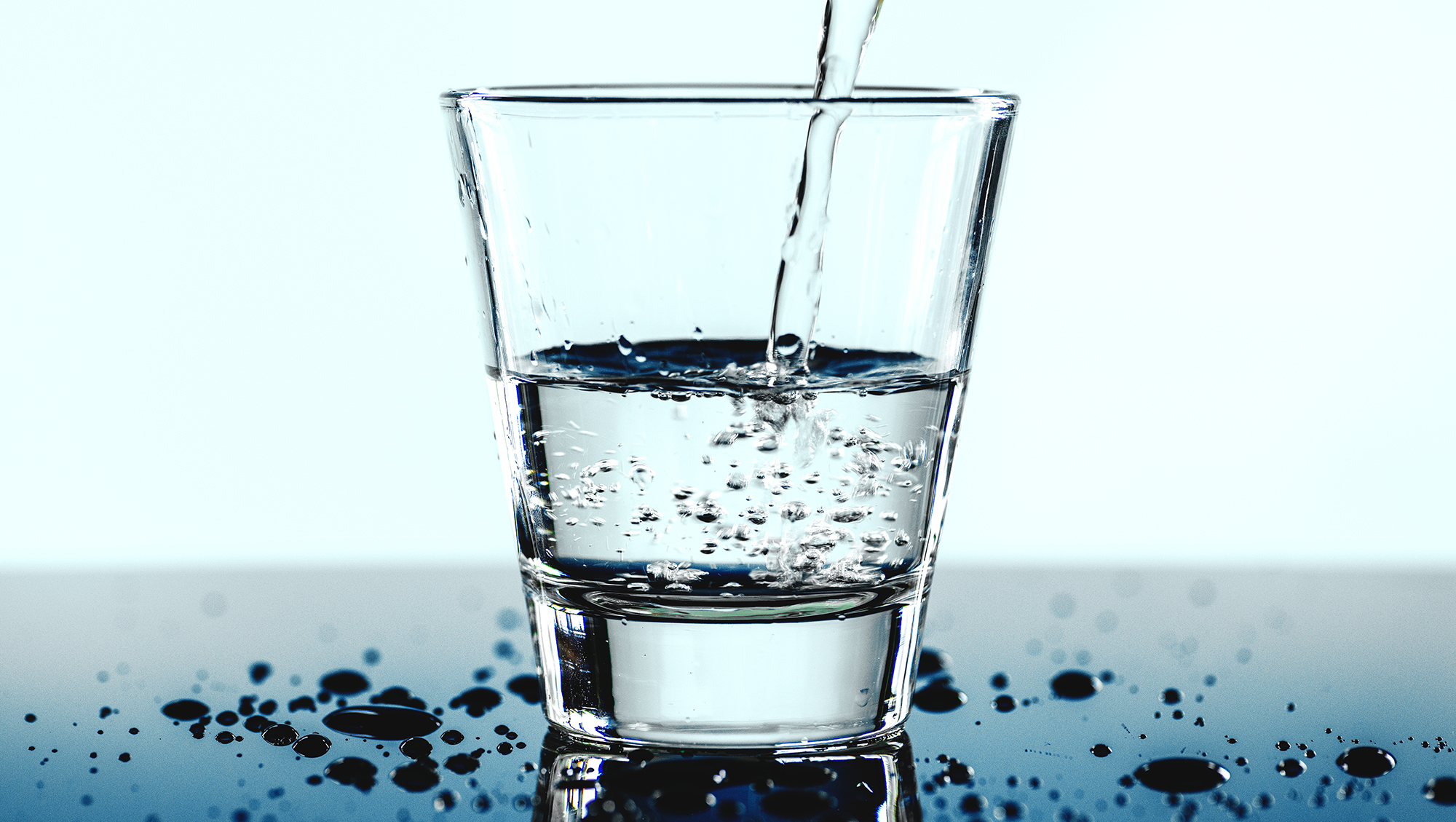
Looking Into the Difference Between Sparkling and Still Water
Hydration is a crucial part of human life. According to the U.S. National Academies of
Get Prepared for Easter with Fresh Farms | Now Available Baby Lambs
(Please Ask Our Meat Department For Assistance. Available at all stores except for Devon Ave)
We all know that fresh fruits and vegetables are good for us. But most of us may be wondering if we reality need to wash them and if yes, what is the proper way to do so?
Before eating fresh fruits and vegetables, it has long been suggestion to rinse well with water to remove unwanted residues from the surface. But due to the pandemic that is currently happening, many headlines were circulating that inspire greater abrasive approaches to clean produce before indigestion, making a few people marvel whether or not water is enough.
This article describes best practices and methods for washing a variety of fresh fruits and vegetables before consumption.
Before the washing process, there are steps we need to bear in mind beforehand. And it includes the following:
Proper Washing Methods for Produce
1. Rinsing Method
Rinsing your produce below the faucet is the first step for all fruits and vegetables. That additionally consists of organic produce due to the fact it could nonetheless have pesticides, bacteria, and different germs lingering at the surface. Here are a few suggestions for a produce shower:
2. Soaking Method
Soaking is another way to clean fruits and vegetables, especially the more delicate types that do not work with running water. Here’s how it works:
3. Scrubbing Method (Heavy Duty)
For fruits and vegetables that can handle a little more grainy, scrubbing can effectively remove more dirt and bacteria.
Reason Why We Need to Wash Fresh Produce
Proper washing of fresh fruits and vegetables, with or without a pandemic, is a good practice to minimize the pick-up of potentially harmful residues and bacteria.
Fresh food is processed by many before it is purchased at a grocery store or farmer’s market. It is best to assume that not all hands touching fresh produce were clean. It’s safe to assume that many of the fresh produce you buy has been coughed on, sneezed on, and breathed on, as all people are constantly running through these environments.
Proper washing of fresh fruits and vegetables before consumption can significantly reduce the amount of residue that may remain on the way into the kitchen.

Hydration is a crucial part of human life. According to the U.S. National Academies of

The quality of your meals and drinks can vary based on the ingredients you use.

If you’re looking to celebrate national french fry day, you might want to take it

You won’t always find the stuff you need for sushi when you head to the

Sourcing ingredients for international cuisine can be challenging, especially if you want to make it
Eat well.
Save time.
Live better.